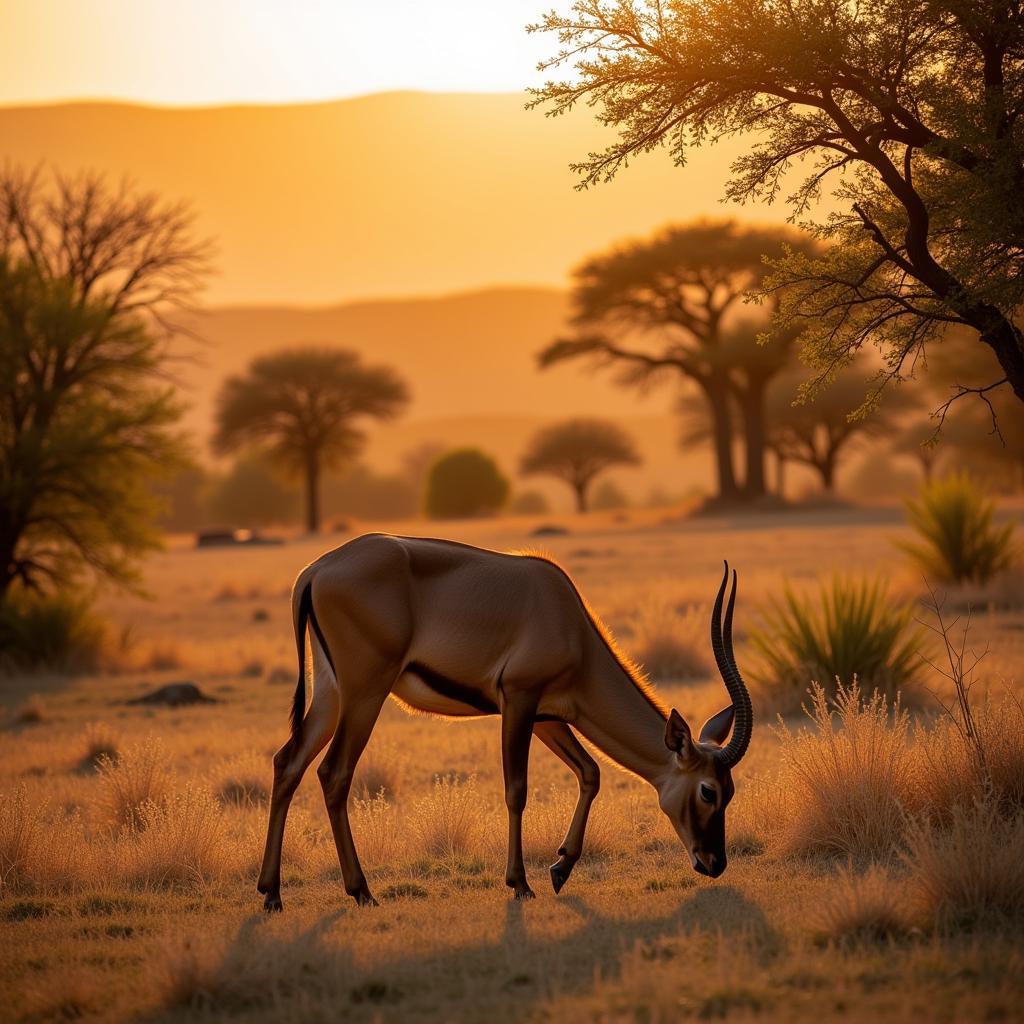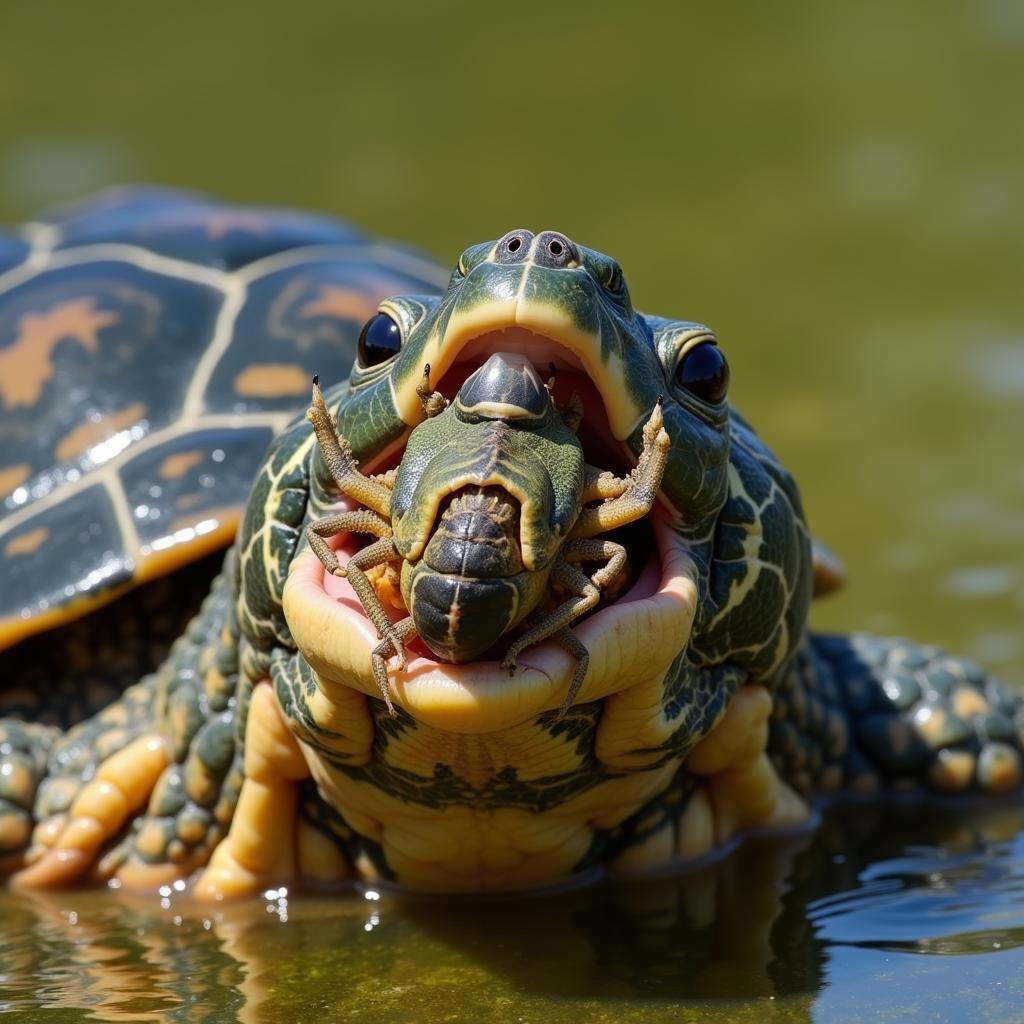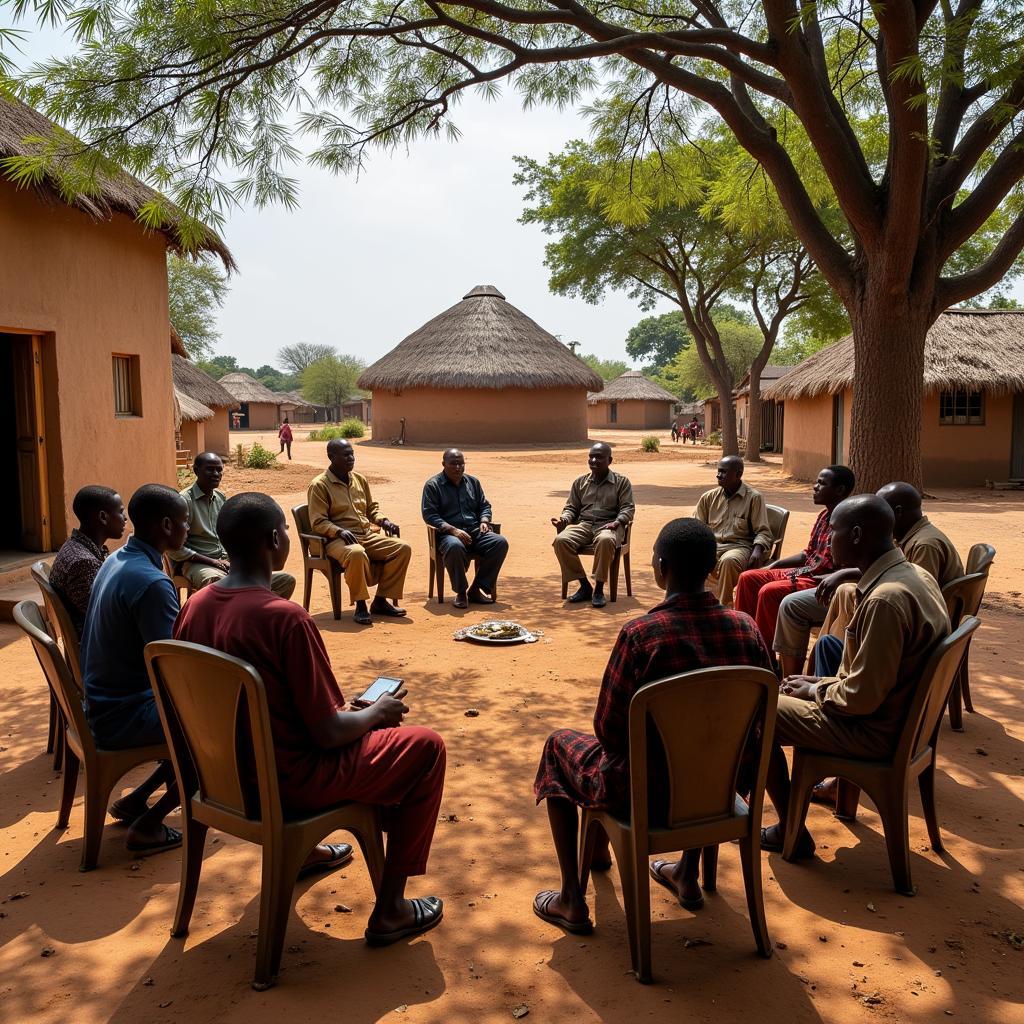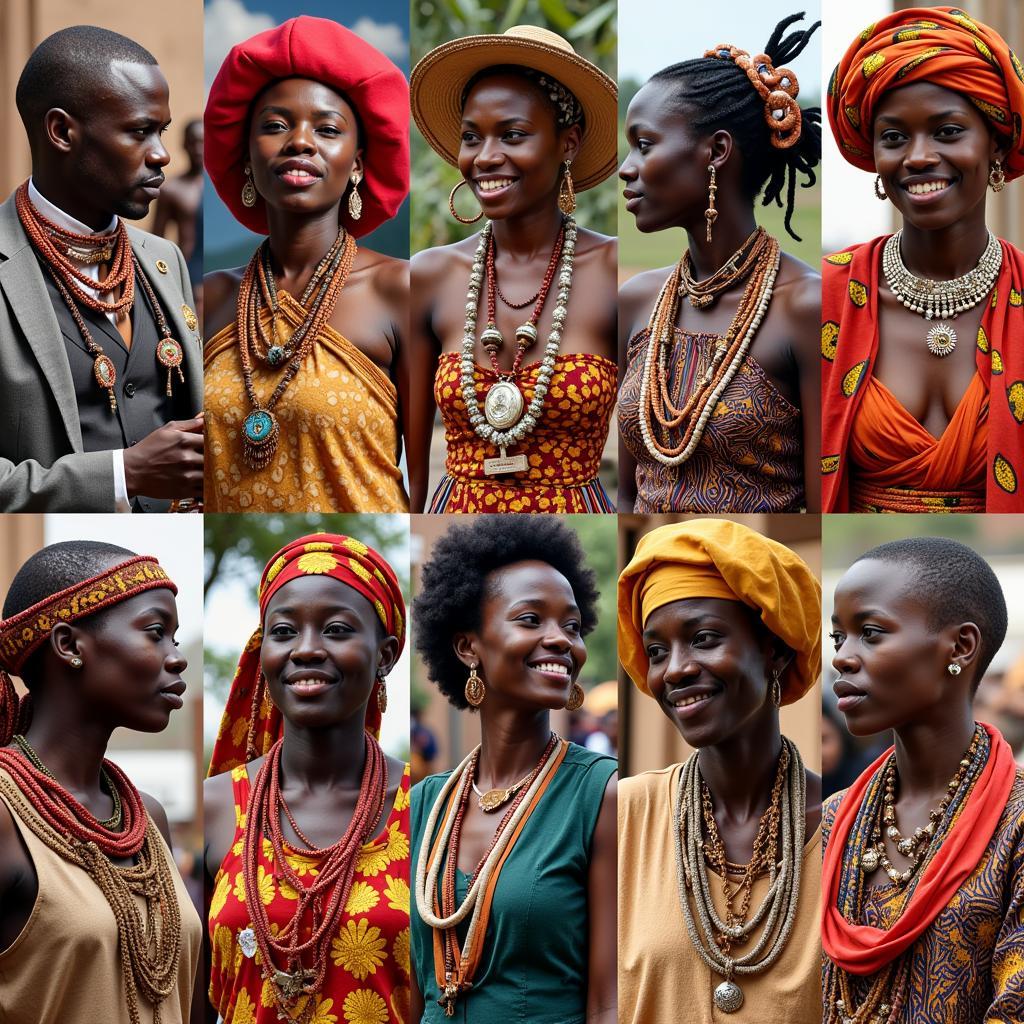The Majestic African Kudu Antelope: A Symbol of Grace and Power
The African Kudu Antelope, with its iconic spiraled horns, is a striking symbol of the African savanna. These majestic creatures embody both grace and power, captivating wildlife enthusiasts worldwide. From their distinctive markings to their unique social behaviors, the kudu has a compelling story to tell.
Unveiling the Secrets of the African Kudu
There are two subspecies of kudu: the greater kudu and the lesser kudu. The greater kudu, as the name suggests, is significantly larger, with males reaching heights of up to 5 feet at the shoulder. Their impressive spiral horns, which can grow up to 6 feet long, are used for defense and during mating season to establish dominance among males. The lesser kudu, while smaller, shares similar striking markings and captivating spiral horns, albeit on a smaller scale.
Habitat and Distribution of the African Kudu Antelope
Greater kudus are primarily found in eastern and southern Africa, inhabiting a variety of habitats including woodlands, savannas, and even mountainous regions. Lesser kudus, on the other hand, prefer the drier, bushier terrains of East Africa. Both subspecies are herbivores, browsing on leaves, fruits, and various plant species. They play an essential role in their respective ecosystems, contributing to seed dispersal and maintaining the balance of vegetation.
 An African kudu antelope grazes peacefully in the African savanna.
An African kudu antelope grazes peacefully in the African savanna.
Kudus are highly adapted to their environment. Their tawny coats, adorned with vertical white stripes, provide excellent camouflage in the dappled shade of their woodland homes. Their keen sense of smell and hearing helps them detect predators like lions, leopards, and wild dogs. When threatened, they can leap over obstacles with remarkable agility, making them a challenging target for even the most skilled predators. What are the distinct features of the greater kudu compared to the lesser kudu? The greater kudu is larger, with longer horns and a wider distribution across eastern and southern Africa. The lesser kudu prefers drier habitats in East Africa.
The Cultural Significance of the African Kudu
The African kudu has held a significant place in various African cultures for centuries. The african kudu tribe considers the kudu a sacred animal, representing strength, beauty, and spiritual connection. The impressive horns of the kudu have been used in traditional ceremonies and as decorative elements, symbolizing power and prestige.
The Threat of Poaching and Conservation Efforts
Sadly, the African kudu faces several threats, primarily habitat loss and poaching. The african horns for sale illegally online demonstrate the persistent demand that fuels this devastating practice. Conservation efforts are crucial to ensuring the long-term survival of these majestic creatures. Protecting their habitats, implementing anti-poaching measures, and raising awareness about the importance of their conservation are vital steps in safeguarding the future of the African kudu.
The renowned conservationist, Dr. Anika Moolman, emphasizes the urgency of these efforts, stating, “Protecting the kudu is not just about saving a species; it’s about preserving the intricate web of life that sustains the entire ecosystem.” Another expert, Professor Jabari Okello, adds, “The kudu’s cultural significance underscores the need for a holistic approach to conservation, involving local communities in the protection of this iconic animal.”
The African Kudu: A Legacy to Preserve
The African kudu antelope, with its striking appearance and profound cultural significance, is an integral part of Africa’s natural heritage. From the african antelope greater kudu roaming the vast savannas to the african antelope with lyre shaped horns gracing ancient rock art, the kudu’s story is woven into the fabric of the continent. By understanding and addressing the challenges they face, we can work together to ensure that these majestic creatures continue to thrive for generations to come. The african big game hunting in texas is a controversial topic, and the implications for kudu populations should be carefully considered.
Conclusion
The African kudu antelope stands as a testament to the beauty and diversity of African wildlife. Protecting these magnificent creatures requires a concerted effort from individuals, communities, and organizations worldwide. By working together, we can ensure that the African kudu continues to roam the African savanna, a symbol of grace, power, and the enduring spirit of the wild.
FAQ
- What is the difference between a greater kudu and a lesser kudu?
- What do kudus eat?
- What are the main threats to kudu populations?
- What are some current conservation efforts for kudus?
- What is the cultural significance of the kudu in African traditions?
- Where can I learn more about kudu conservation projects?
- How can I contribute to protecting the African kudu?
When you need assistance, please contact us at Phone Number: +255768904061, Email: kaka.mag@gmail.com or visit us at Mbarali DC Mawindi, Kangaga, Tanzania. We have a 24/7 customer service team.


